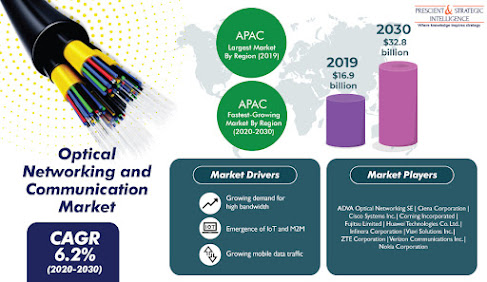How Are Security Policy Management Solutions Improving Business Operations?

The security policy management market is expected to advance at a CAGR of 9.1% during the forecast period (2019–2024) on account of the spurring demand for enhanced business agility and swift implementation of security policy management solutions by the healthcare and banking, financial services, and insurance (BFSI) sectors. Driven by these factors, the market size is set to increase from $1,622.3 million in 2018 to $2,647.1 million by 2024. The BFSI sector uses security policy management for a proactive assessment of the outcome of every policy change, to reduce risk, ensure compliance with industry standards, and prevent operational disruption. These solutions help in identifying duplicate rules, mapping security threats early, and initiating remediation procedures for expired policies. Moreover, banks and financial institutions are leveraging cloud computing, machine learning, and natural language processing (NLP), which is making it difficult for IT departments to protect them fr

.jpg)


